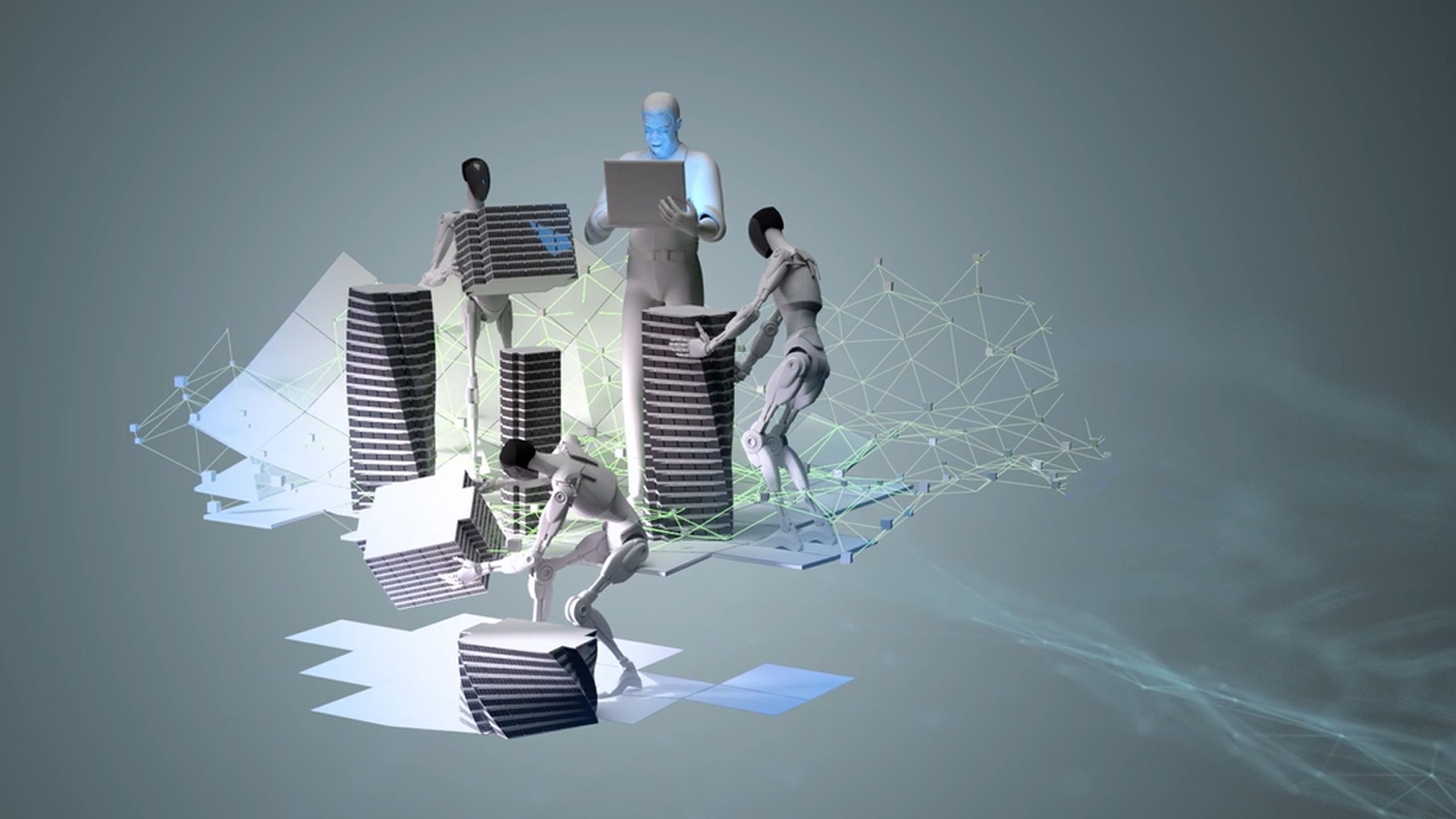Workday Differentiators:
Peering Through the Lens of Government
Tech Trends

Introduction
The pressure on federal agencies to provide ever more efficient and accessible services, while meeting the demanding privacy and security requirements the public expects, has only increased. Government organizations are actively seeking ways to take advantage of today's powerful capabilities to enhance data sharing, enable cross-agency coordination, and make optimum use of both technology and people.
Now that Workday has achieved FedRAMP Moderate Authorized status, Deloitte and Workday are poised to give federal organizations the power to address their critical priorities. Tech Trends: Peering Through the Lens of Government offers readers a detailed look at how Workday delivers a fundamentally different, flexible and engaging experience for the federal government, and the public. Explore the report and discover what sets Workday apart as the indispensable solution on the journey to better serve citizens.
The Workday Differentiators featured below are based on Deloitte's Tech Trends: Peering through the lens of government. The report spotlights accelerating technology trends most likely to cause disruption most relevant to governments.
Click here to access detailed report.

Data-sharing
made easy
Governments often need to coordinate across agencies and with the private sector. By implementing technologies that both preserve privacy and permit real-time data sharing for analysis and modeling, governments may be able to seamlessly gather information about public health, supply chains, cybersecurity and more.
At the heart of Workday is an intelligent data foundation – an in-memory object-oriented data model delivered on a multi-tenant platform with always-on auditing built into its core. Transactions and analytics reside in a single system, giving organizations the ability to drill into source transactions from anywhere, at any time. With Workday, organizations can ingest, transform, analyze and safely distribute data at any level of detail, combining financial and worker transactions with data from other systems. This provides a better understanding of the specific drivers behind your most important metrics. These new business insights can be shared across the organization for better and faster decision making.
Workday is architected with one security model that informs all execution and data access. Having one security model minimizes the possibility that users or external systems could take advantage of gaps between the mapping of different security models between systems. Workday also designs privacy into every aspect of the business, from onboarding its employees to securing the data center infrastructure, networks, and systems; to developing, testing, and deploying new functionality.

Cloud goes vertical
As cloud vendors offer more powerful APIs, organizations are increasingly able to configure and assemble systems. Governments should evaluate legacy applications and portfolios against modern capabilities to identify potential areas to use new APIs and capabilities to replace legacy features and functions.
Workday offers a fundamentally different experience from legacy ERP, providing financial management, human capital management, and comprehensive reporting in one cloud architecture connected by the same object data model and open APIs. Through Workday Prism, agencies are able to integrate their legacy third party systems and leverage the power of Workday’s reporting and dashboard toolset and create new user experiences. As their needs evolve, agencies can extend Workday by developing apps in the same environment with a familiar experience, source of data, and security model, unlocking new value and increasing organizational agility.
Verticalization also brings about integration pattern recognition. By supporting a single version of the software and managing versioned APIs, Workday is in a unique position to deliver and maintain packaged integrations to governments, lowering the long-term maintenance costs and reducing the risks of system-to-system integration.

Cyber AI:
real defense
As cyberattacks increase globally, governments need to be on guard. As evidenced by recent large scale attacks, the status quo is no longer sufficient. Governments must evaluate the use of AI to automate attack detection and response, even considering supplementing in house talent with outsourcing.
With Zero Trust top of mind, Workday employs rigorous security measures at the organizational, architectural, and operational levels to ensure all data, applications, and infrastructure remain safe. Workday encrypts every attribute of customer data before it is persisted in a database. Because Workday is an in-memory, object-oriented application instead of a disk-based RDBMS, it provides the highest level of encryption on all data at rest using the Advanced Encryption Standard algorithm with a key size of 256 bits and a unique encryption key for each customer.
Transport Layer Security (TLS) protects user access via the internet, helping to secure network traffic from passive eavesdropping, active tampering, or message forgery.
Workday has also implemented proactive cloud network security procedures, such as perimeter defense and network intrusion prevention systems. Vulnerability assessments and penetration testing of the Workday network infrastructure are evaluated and conducted on a regular basis by both Workday and external third-party vendors.
And Workday delivers features and functions such as multi-factor authentication, facial recognition, and single sign-on to help customers secure their own information.
With that said, there is always risk. In Workday, auditing is always on for all activity including sign-ons, users, configurations, and data changes. Customers can look back at any time and continue to strengthen their security policies and procedures without degrading performance.

IT, disrupt thyself:
automating at scale
Given the war for IT talent, governments cannot afford to squander employees’ minutes and hours. Migrating away from manual administration to engineering and automation, organizations can manage complex systems more effectively and improve the customer experience through improved availability and resilience. Properly executed, this will improve efficiency and morale.
Workday provides a flexible, automated framework that supports change without disrupting operations or breaking existing integrations and processes. Automated business processes can be configured to meet unique requirements to simplify approvals and standardize operations, which reduces risk and increases efficiency. Workday enables organizations to easily adjust, continuously improve business processes, and adapt new functionality through its twice-yearly product releases. And all customers are always on the same version of software, providing continuous innovation and eliminating risk of obsolescence. Whether it is new cloud infrastructures for scale, new sources of data, or even integrations to new technologies that haven’t been considered yet for architecture, Workday’s suite of solutions helps agencies to transform their organizations to better serve employees and citizens.

The tech stack
goes physical
With the advent of drones, sensors and smart devices, the number of “computers” has exploded. Government missions increasingly use physical technology that interacts with humans, meaning IT must manage those devices, set standards, provide security, and support implementations.
Encompassing the principles of API-driven design, Workday technology is built on a series of abstractions, which enables developers to independently evolve each layer of the service without impacting the layers above or below. By using metadata instead of the traditional model of hard-coded software, Workday gives customers the ability to configure the service. This is also how Workday is able to continuously introduce fundamental changes and confidently scale for new technologies and use cases.
Workday strives to enable engaging experiences for every user wherever and however they prefer to work so they can take quicker action, find relevant information, collaborate more easily, and truly unlock the power of Workday from their favorite applications.



Learn more
For questions regarding the Tech Trends 2024: Peering through the lens of government contact:
Brittany Larson
Principal, Workday Federal Industry Leader
Deloitte Consulting LLP
brlarson@deloitte.com
Urnav Desai
Principal, Workday Federal Go To Market Leader
Deloitte Consulting LLP
udesai@deloitte.com

